
Oct 18 , 2025. By Mikiyas Mulugeta (PhD) ( Mikiyas Mulugeta (PhD) (mikiusc2017@gmail.com) is a consultant and director of training and development programs at the Centre for African Leadership Studies (CALS) and XHub-Addis. )
The World Bank’s recent brief on raising poverty is effective in measuring deprivation, but it falls short in explaining it. Its focus on consumption metrics leaves out the complex feedback loops through which policy, demography, and governance sustain poverty. Ethiopia's challenges are not a temporary setback but a result of unresolved imbalances from the years when growth was strong. Mikiyas Mulugeta (PhD) (mikiusc2017@gmail.com), a consultant and director of training and development programs at the Centre for African Leadership Studies (CALS) and XHub-Addis, argued that unless those issues are addressed, every statistical gain will remain fragile and every reform fleeting.
The World Bank’s latest brief on poverty and equity in, released this month, paints a statistical portrait of a country where poverty is again on the rise. No less than 39pc of Ethiopians were living below the global poverty threshold of three dollars a day in 2021, up by six percentage points from 2016. By the end of this year, the figure is expected to climb to 43pc.
While the World Bank attributed this reversal largely to shocks like the COVID-19 pandemic, conflicts, drought, and inflation, it avoided probing deeper into the structural and institutional factors that have made these setbacks so difficult to overcome. The struggle is not a temporary crisis but a reflection of how a development model has left the country vulnerable.
For years, policymakers relied on a state-led approach focused on large-scale infrastructure and agriculture. This model did manage to boost output and lower poverty rates for a time. But it did not fundamentally change the structure of production or build resilience. Growth, impressive on paper, rested on public spending, external loans, and activities that added little value. Most of the population still works in agriculture, characterised by low productivity, small and fragmented plots, and limited access to markets and modern tools.
Industry has been slow to develop, services remain largely informal, and the connections between rural producers and urban consumers are weak. The result is an economy where strong growth coexists with widespread household-level vulnerability. The gap between rural and urban realities is laid bare by the World Bank’s data.
Poverty in rural areas reached 45pc, compared to only 15pc in urban settings. The lack of progress in rural areas is seen as more than an income issue. Around 86pc of rural adults have not finished primary school, and nearly half of all rural households have at least one child whose growth has been stunted. About 95pc of poor households lack basic sanitation, 70pc lack electricity, and the poorest own almost no assets.
These figures reveal that poverty in Ethiopia is not simply about money, but a persistent issue shaped by gaps in education, infrastructure, and institutions. The World Bank, however, tends to treat these numbers as static outcomes, rather than the product of policies and government capacity.
The report discusses the inflation that has eroded household incomes, treating it as an outside pressure. In reality, inflation is rooted in more fundamental problems. For years, the economy endured double-digit inflation rates, hitting the urban poor and those with fixed incomes the hardest. These price pressures come from “fiscal dominance,” weak supply responses, and the way imported inflation passes through to domestic prices.
The economy depends heavily on imports, so changes in the exchange rate feed directly into higher costs. In this environment, tightening monetary policy is not enough to stabilise prices. Government spending and deeper bottlenecks work against it. The outcome is that inflation acts as a hidden tax, pushing the burden of adjustment onto those least able to afford it, and undermining confidence in policy.
Since 2024, the federal government has initiated several macroeconomic policy reforms targeting the restoration of balance and encouraging greater private-sector activity. These steps include currency liberalisation, tax reform, and cutting back on fuel and electricity subsidies. In theory, these moves should help stabilise the economy. But in practice, the reform has moved faster than the government’s ability to soften the blow on the poorest.
Programs to expand social protection, raise wages, and offer input subsidies have grown, but coverage remains spotty and not always well-targeted. As a result, the federal government faces a tough policy dilemma. The pace of liberalisation is outpacing redistribution, and the shift to market-based policies is occurring before the state can provide sufficient support to those affected. It should also be depressing news that the World Bank expects poverty to keep rising through 2025 before declining. However, this projection assumes a quick private investment response and an ability of households to adapt that is not obvious, given current labour market conditions.
While the World Bank's methods are technically sound, the report’s analysis overlooked key variables. One notable issue is the exclusion of the Tigray Regional State from the 2021 household survey, justified on the grounds of conflict and logistics. This produced a downward bias in the national poverty figures, since conflict zones tend to be home to the poorest households. Another limitation is the continued use of a national poverty line set, back in 1996, which has only been updated for inflation.
This approach underestimated the true extent of urban poverty in a country where the cost of living and consumption habits have changed immensely. These are not minor technical details. They have a tangible impact on how poverty trends are understood and debated.
The World Bank report is also silent on the political economy that underlies welfare outcomes. The persistence of poverty cannot be separated from institutional limitations. Highly centralised fiscal and administrative systems have weakened local governments, while infrastructure and service delivery remain uneven. The gaps in access to basics like sanitation and electricity are three to four times wider between the richest and poorest households. These disparities mirror a government that delivers services unequally across different regions and income groups.
The fast-growing population adds to these challenges, as the labour force expands by more than two million people each year. Yet job creation has not kept pace and is restricted mainly to low-productivity sectors. As the economy becomes more capital-intensive, the ability of growth to reduce poverty has declined. This demographic pressure, not addressed by the World Bank’s brief, could turn what might have been a temporary rise in poverty into a longer-term problem of low wages and flat real incomes.
However, the report carefully describes what has happened, although it is short of adequately explaining why. By focusing on immediate shocks, it overlooked how institutional design, population growth, and the order in which reforms are carried out have interacted to shape the country’s poverty trajectory. The recent resurgence in poverty is not a statistical fluke, but a consequence of an approach to development that has often confused economic growth with genuine transformation, and reform with real resilience.
To address the poverty crisis, there needs to be more than macroeconomic adjustment. It will require shifting fiscal priorities toward building human capital, treating social protection as a tool for stability rather than an emergency response, and creating a system of government that restores local capacity and trust. Investments in rural electrification, irrigation, and logistics should be seen as ways to raise productivity, not mere welfare programs, while education and health spending should be treated as long-term economic investments.
Without these changes, the reform agenda risks securing macro stability at the cost of social sustainability.
PUBLISHED ON
Oct 18,2025 [ VOL
26 , NO
1329]

Photo Gallery | 180530 Views | May 06,2019
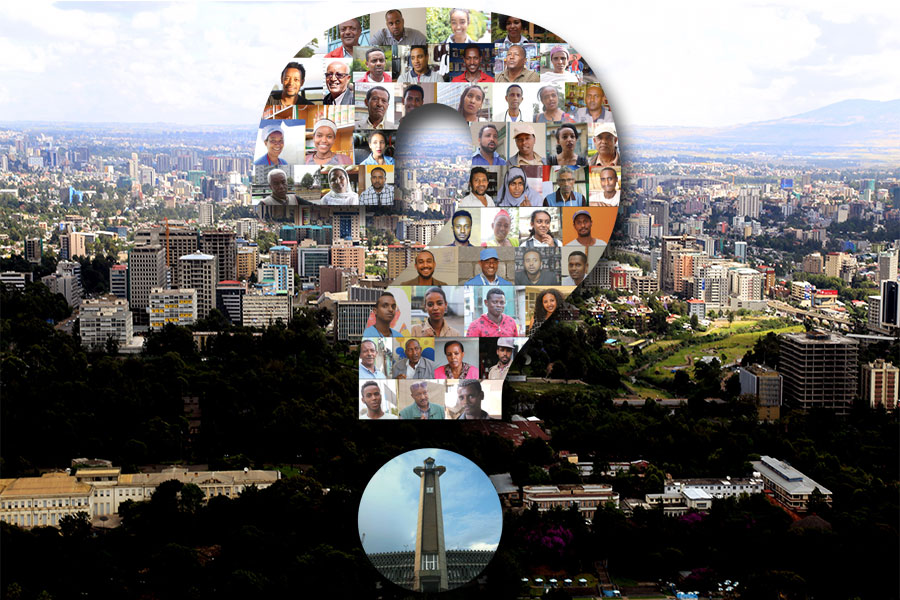
Photo Gallery | 170724 Views | Apr 26,2019

Photo Gallery | 161798 Views | Oct 06,2021
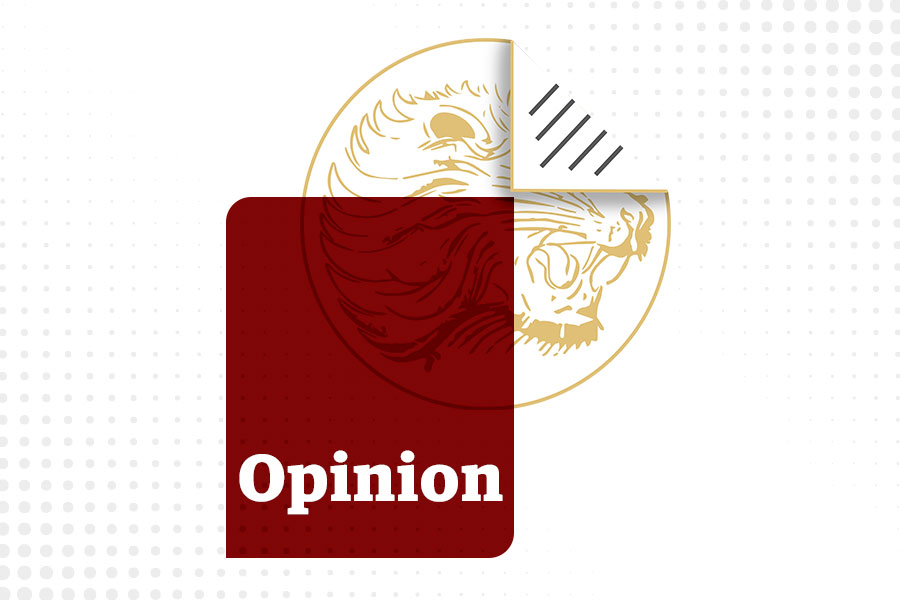
My Opinion | 137289 Views | Aug 14,2021
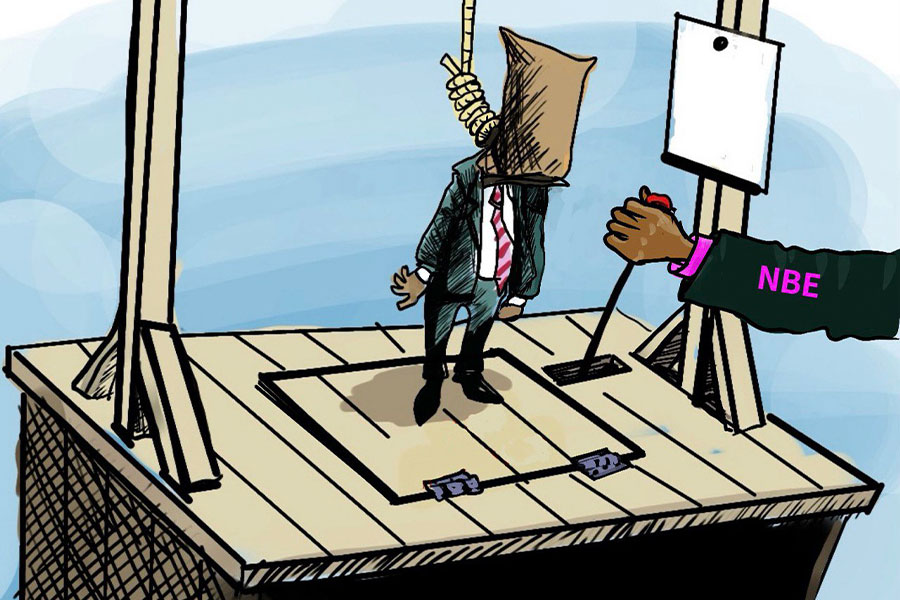
Nov 1 , 2025
The National Bank of Ethiopia (NBE) issued a statement two weeks ago that appeared to...
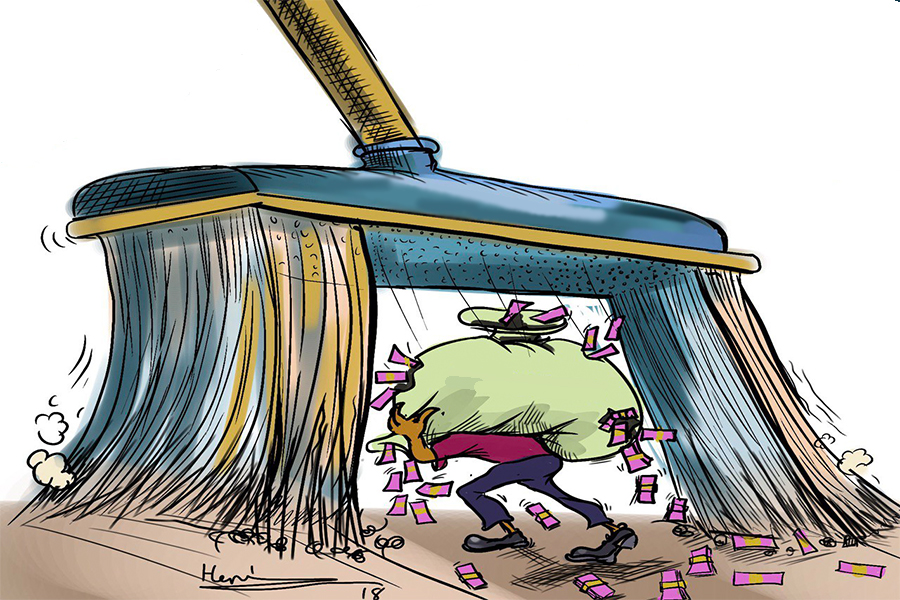
Oct 25 , 2025
The regulatory machinery is on overdrive. In only two years, no fewer than 35 new pro...
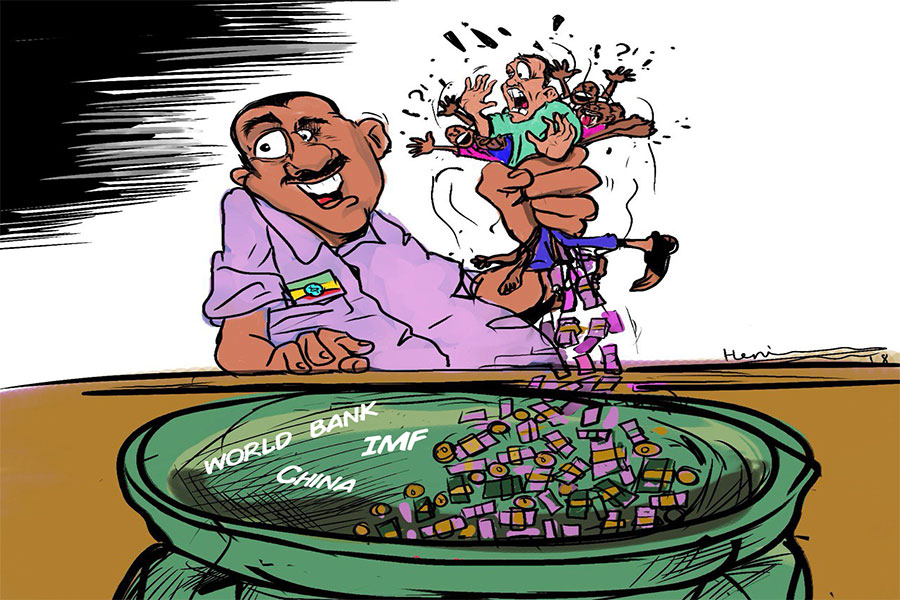
Oct 18 , 2025
The political establishment, notably the ruling party and its top brass, has become p...
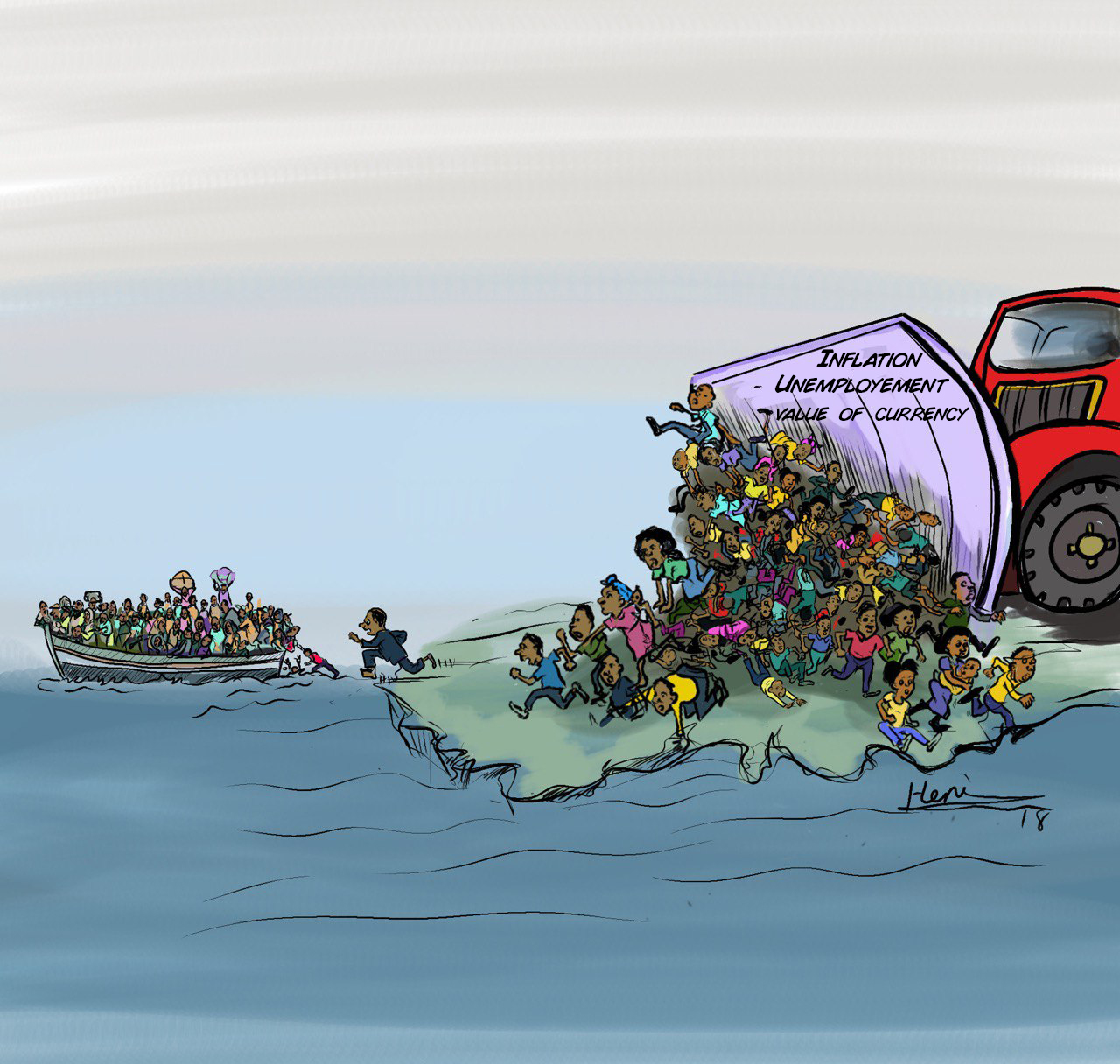
Oct 11 , 2025
Ladislas Farago, a roving Associated Press (AP) correspondent, arrived in Ethiopia in...